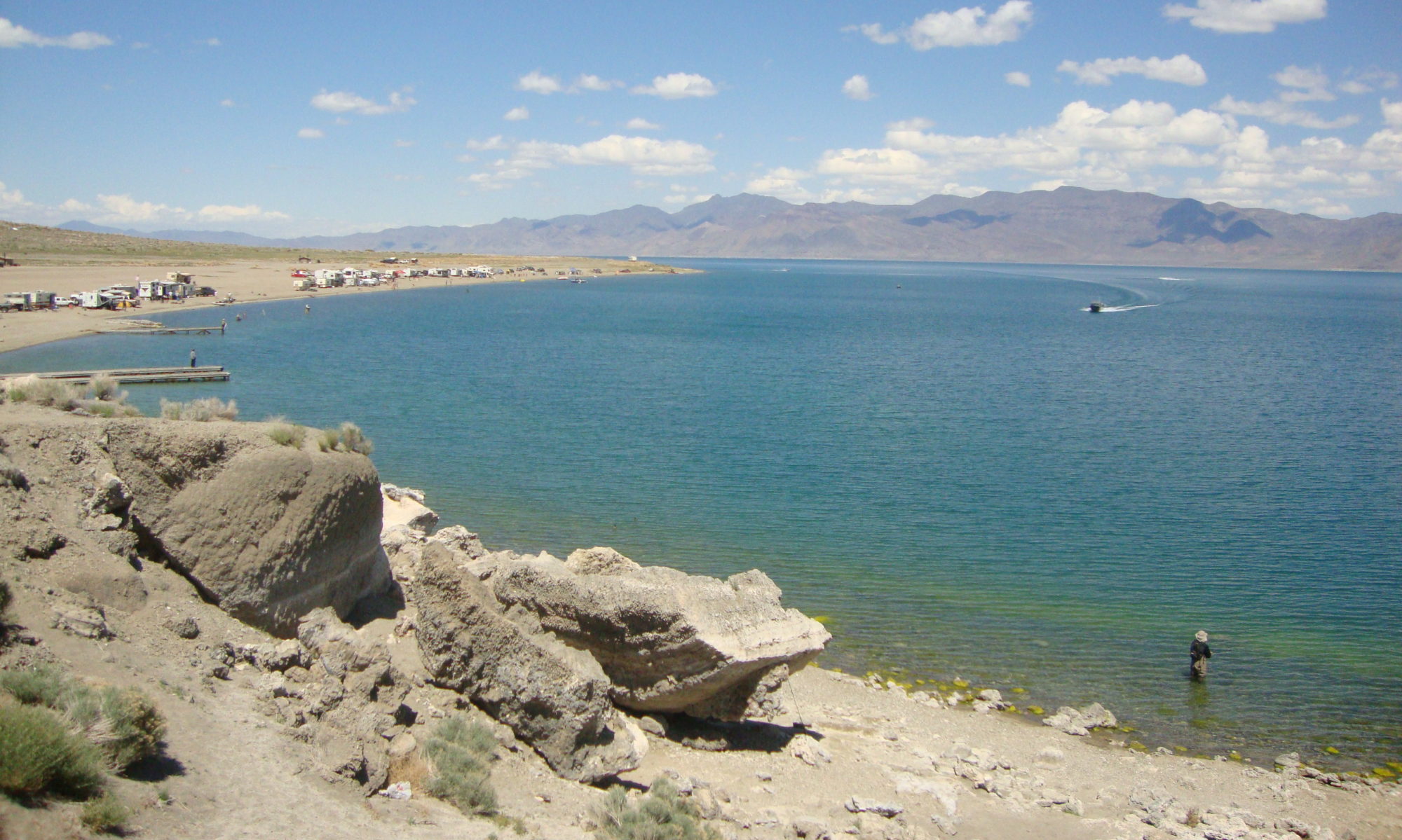This page is here to act as my dictionary of my personal terms. These are my definitions, not yours. If you do not agree with one of my definitions, too bad.
This is the act of casting your flies to the water nearest you and progressively working your way out to your intended spot. This method evolved in my system because I have stepped on far too many HUGE trout in SHALLOW bank water in my haste to wade out to a spot that will allow me to fish the deeper water. This method has produced enough fish over the years that I employ it in all situations, except for the following:
- When other anglers stupidly blindly jump into the bank water in their haste to reach the more promising water further out.
- When there are clearly rising or feeding trout in another section of the water
- when it is just so darn shallow that you know it is not worth it.
The Long Distance Release is a favorite technique of catch-and-release fly fishers. What could be better for the fish and the fisherman, than a solid hook-up and a release of the fish with minimal handling. No nets and no hands = better for the fish. So now the argument is what criteria do you use to determine whether the fish was officially caught? I use the following formula. If I get a good look at the fish and look him “eye-to-eye” then I consider the fish caught. If I do not get a chance to see the fish eye-to-eye, but I get a good look at its size, then I consider the fish hooked and lost. If I hook the fish and he spits the hook before I see it, then it goes on the stats pages as a lost fish.
